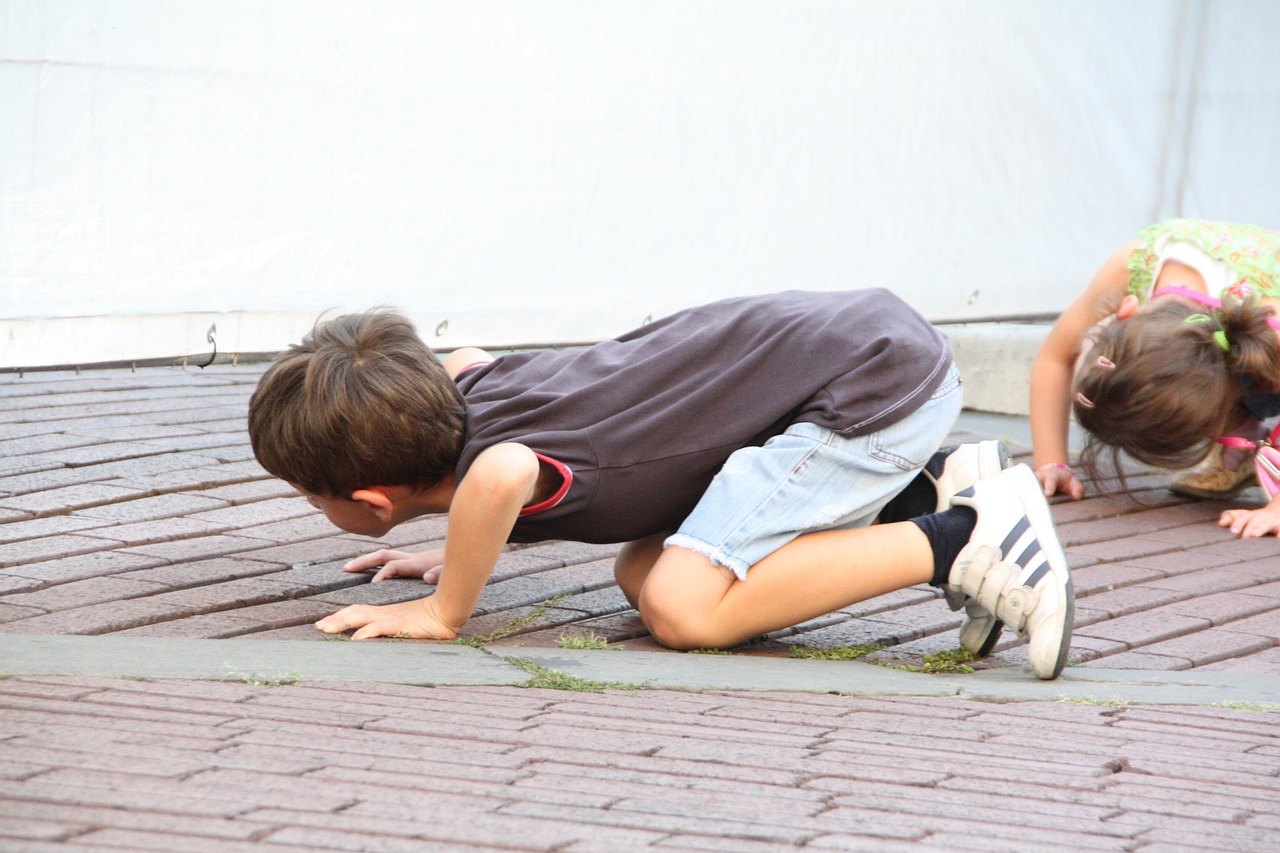Curiosity
 Photo courtesy of LifehackOpens in new window
Photo courtesy of LifehackOpens in new window
Curiosity is an interest in ongoing experience (Peterson & Seligman, 2004). People who are curious enjoy and seek variety, novelty, and challenge. They have a need for knowledge and new experiences. Learning something new, having a novel experience, or fully understanding something for the first time is fulfilling, even thrilling, for the curious person. |
Curiosity is an example of what some emotion theorists (e.g., Oatley, 2004) call an aesthetic emotion. These emotions do not so much arise out of interpersonal interactions (although they can), but rather, tend to arise in interactions with the physical world, the world of ideas, or other domains of life.
Peterson and Seligman (2004) describe the history of theory about curiosity, beginning in the late 1800s with American psychologist William James’ discussion of different types of creativity: novelty seeking and scientific or intellectual curiosity. This dual model of curiosity is still applied in theorizing and research on curiosity.
Other theoretical approaches have included viewing curiosity as a drive, understanding curiosity from a cognitive viewpoint (wherein curiosity functions to aid the individual in making sense of himself and the world) and evolutionary viewpoints that focus on the potential survival value associated with being curious.
Curiosity is a personality trait: individuals differ in the degrees to which they are curious. In most research, curiosity is associated with other positive traits or with positive outcomes. For example, curiosity is linked to well-being (Gallagher & Lopez, 2007), perceived control and below-average levels of perceived stress (Cacioppo, Pettty, Feinstein, & Jarvis, 1996), and emotional intelligence (Leonard & Harvey, 2007).
Many curious people—scientists, explorers and adventurers, artists, and others—use their curiosity in ways that ultimately benefit society through discoveries or inventions, inspirational acts, artistic productions, and so forth. For this reason, some researchers have studied factors that encourage the development of curiosity in individuals.
See also:
- Brockman, J. (Ed.). (2004). Curious minds: How a child becomes a scientist. New York: Vintage Books.
- Cacioppo, J.T., Petty, R. E., Feinstein, J.A., & Jarvis, W.B.G. (1996). Dispositional differences in cognitive motivation: The life and times of individuals varying in need for cognition. Psychological Bulletin, 119, 197 – 253.
- Gallagher, M., & Lopez, S. (2007). Curiosity and well-being. Journal of Positive Psychology, 2, 236 – 248.
- Leonard, N., & Harvey, M. (2007). The trait of curiosity as a predictor of emotional intelligence. Journal of Applied Social Psychology, 37, 1914 – 1929.
- Loewenstein, G. (1994). The psychology of curiosity: A review and reinterpretation. Psychological Bulletin, 116, 75 – 98.

